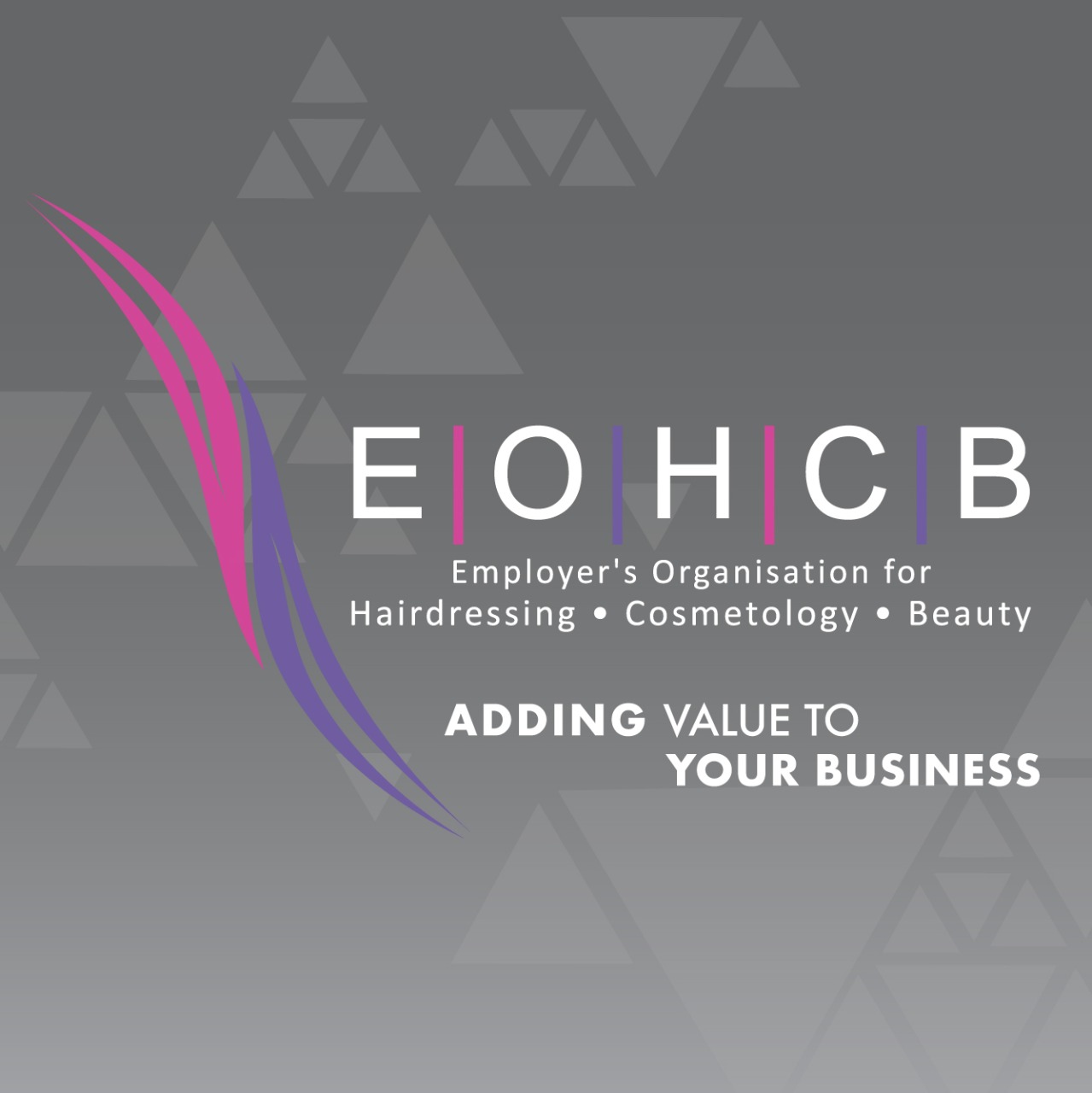DEPARTMENT OF EMPLOYMENT AND LABOUR INSPECTIONS - OCCUPATIONAL HEALTH & SAFETY FOR SALONS/SPAS
- EOHCB National

- May 22
- 3 min read

Occupational Health and Safety (OHS) is not just a legal obligation, it’s a core part of operating a professional and responsible salon, spa, or wellness centre. In an industry that involves close contact with clients, use of chemicals, and electrical equipment, the need to create a safe, healthy environment for both staff and guests is critical.
The Occupational Health and Safety Act 85 of 1993, enforced by the Department of Employment and Labour (DOEL), outlines clear responsibilities for employers. DOEL inspectors regularly visit businesses, including those in the beauty and wellness space, to ensure compliance.
Why OHS Compliance Matters in the Beauty & Wellness Industry
Whether it’s a skincare treatment, waxing session, or hairstyling appointment, staff and clients are exposed to potential hazards daily. Without the proper systems in place, the risk of injury, illness, or reputational damage increases significantly. OHS compliance not only protects people and it also safeguards your business and professional credibility.
OHS Requirements for Salons and Spas
Employers must implement and maintain the following elements:
Health and Safety Policy
A tailored policy reflecting the salon’s size, services, and risks signed by the business owner or franchisee.
Risk Assessments
Identify and document potential hazards such as:
Wet, slippery floors
Hot wax, straighteners, and other heated equipment
Scalpels or sharp tools
Laser/IPL machines
Electrical cords and plug points
Chemical exposure (e.g. tint, acetone, peroxides)
Chemical Safety
Ensure all products have Material Safety Data Sheets (MSDS) available, with staff trained on how to use, store, and dispose of chemicals safely.
Personal Protective Equipment (PPE)
Provide gloves, masks, face shields, aprons, or protective eyewear where appropriate and train staff on when and how to use them.
Hygiene and Sanitation Protocols
Sanitise tools between each guest
Disinfect surfaces regularly
Launder towels/linen after each use
Dispose of waste correctly, especially sharps
First Aid Readiness
Maintain a stocked first aid kit and ensure at least one trained First Aider is present during operating hours.
Emergency Procedures and Evacuation
Clearly marked exits, emergency lighting, and fire extinguishers must be in place. If the establishment is located in a mall or shopping centre, staff must know the designated assembly point and comply with the mall’s OHS protocols and evacuation procedures.
It is critical that employees understand where to go and what to do in the event of a fire, bomb threat, or other emergency. Most malls have mandatory OHS orientations, and Spa establishments and salons operating in these spaces must align with these external regulations in addition to internal ones.
Training and Record-Keeping
OHS induction for new employees
Annual refresher training
Attendance registers and signed proof of training
Health and Safety Representatives
Required if the establishment employs more than 20 staff. Reps are responsible for monthly inspections and raising safety concerns in structured meetings.
What the DOEL Looks for During an Inspection
A DOEL inspection may be scheduled or unannounced. Here’s what they typically review:
Documentation:
OHS policy
Risk assessments
Incident register
PPE issue records
First aid kit checklist
Fire extinguisher servicing reports
MSDS for all chemical products
Training records and attendance registers
Health and safety meeting minutes (if applicable)
Physical Safety Conditions:
General cleanliness and hygiene
Safe storage of products and equipment
Availability and condition of PPE
Correct labelling of chemicals
Slip and trip hazards
Fire exits and emergency lighting
Signage and assembly point awareness
Employee Awareness:
Inspectors may ask staff:
If they received OHS training
If they know what to do in an emergency
If they’re aware of where the assembly point is
Whether they understand safe practices for their role
Non-Compliance Consequences:
The inspector may issue:
Improvement Notice: Specific items must be corrected by a deadline
Prohibition Notice: Dangerous activities must stop immediately
Fines or Legal Action: In cases of serious or repeated non-compliance
How to Prepare for a DOEL Inspection
Appoint an OHS responsible person or safety rep
Keep all OHS documentation up to date and accessible
Run quarterly internal checks and monthly tool sanitisation audits
Ensure staff know emergency protocols and assembly points
Hold at least one fire drill per year (or as required by mall management)
Salons and spas, especially those within malls or shopping centres, must comply with both the OHS Act and the safety protocols set by the complex management. Being prepared is not just about passing inspections, it’s about building a business that clients trust and staff feel safe working in. By embedding OHS into your daily operations, you protect your people, your licence to trade, and your reputation.

